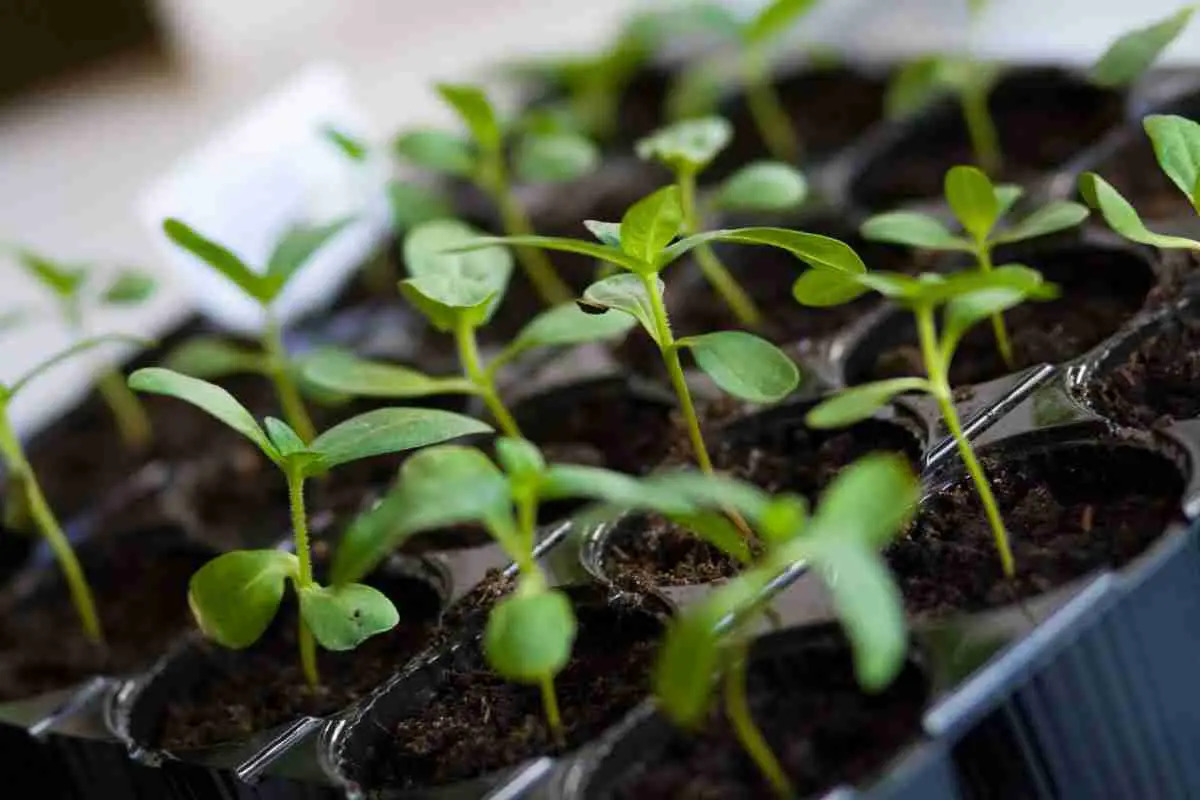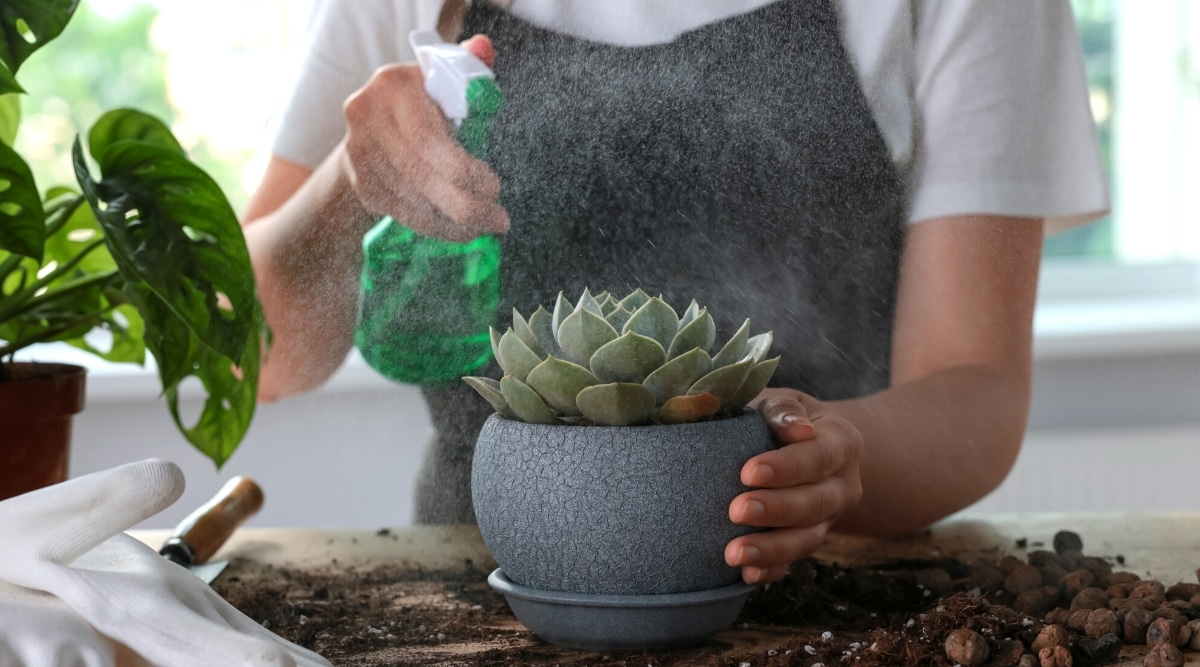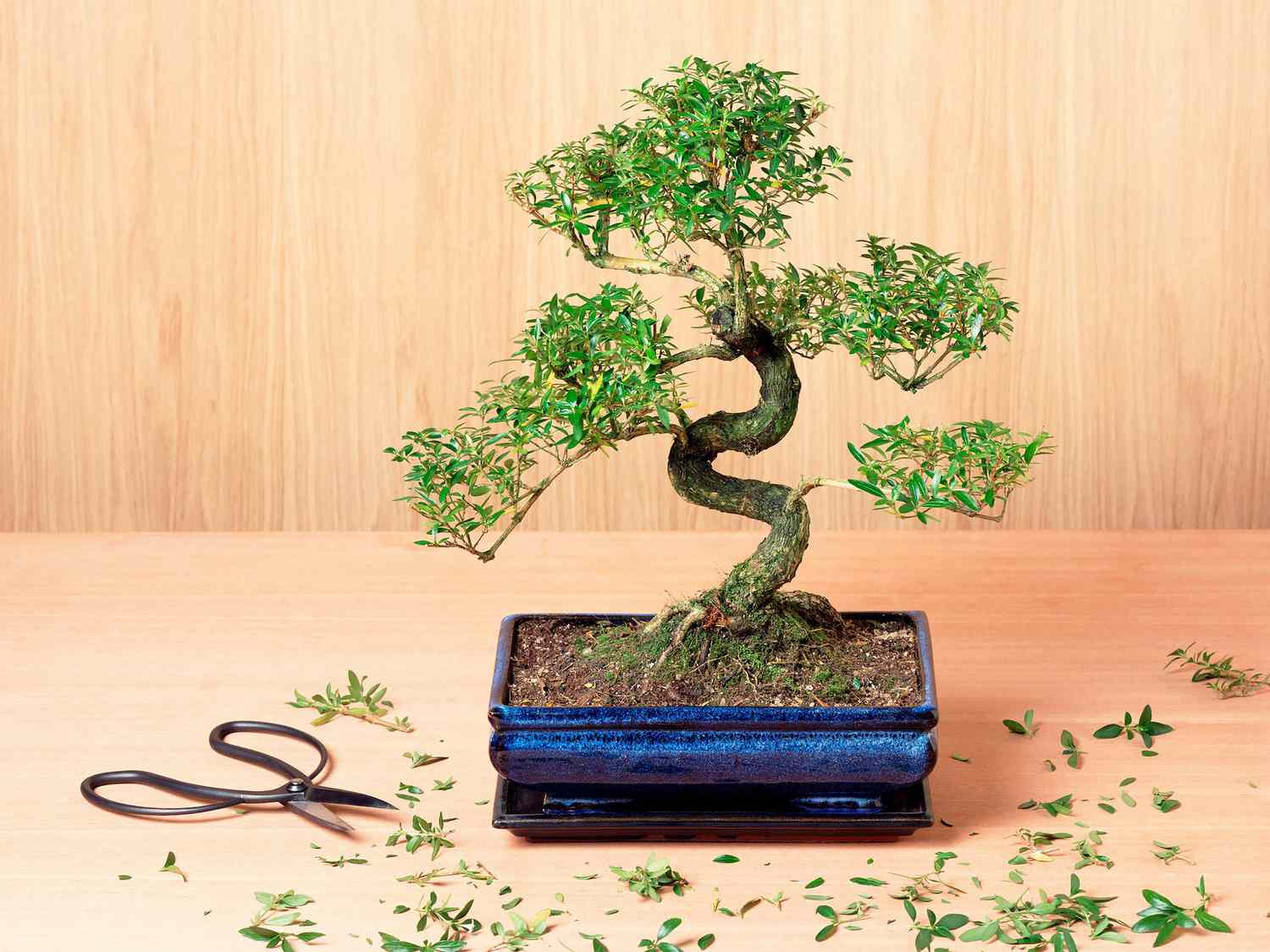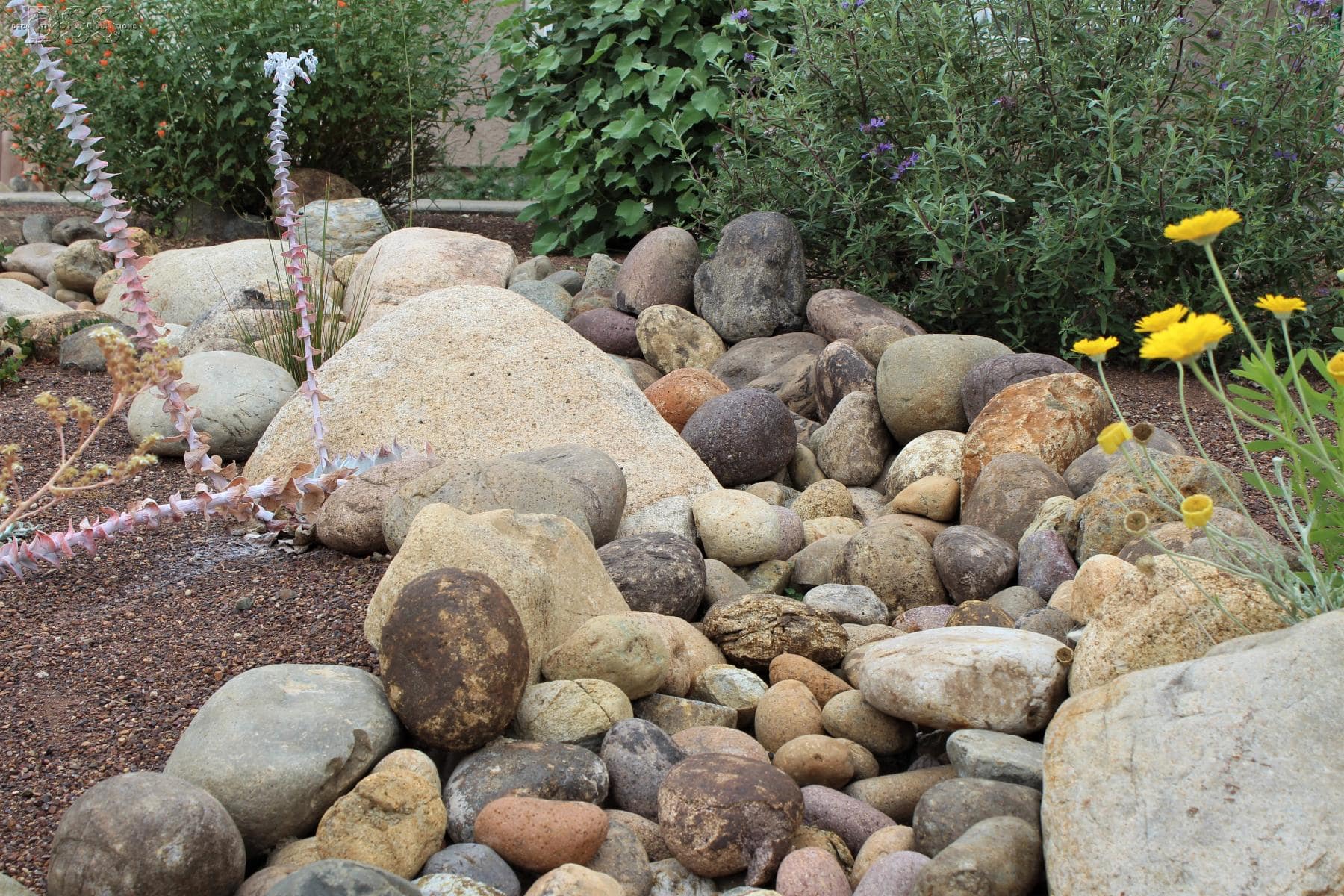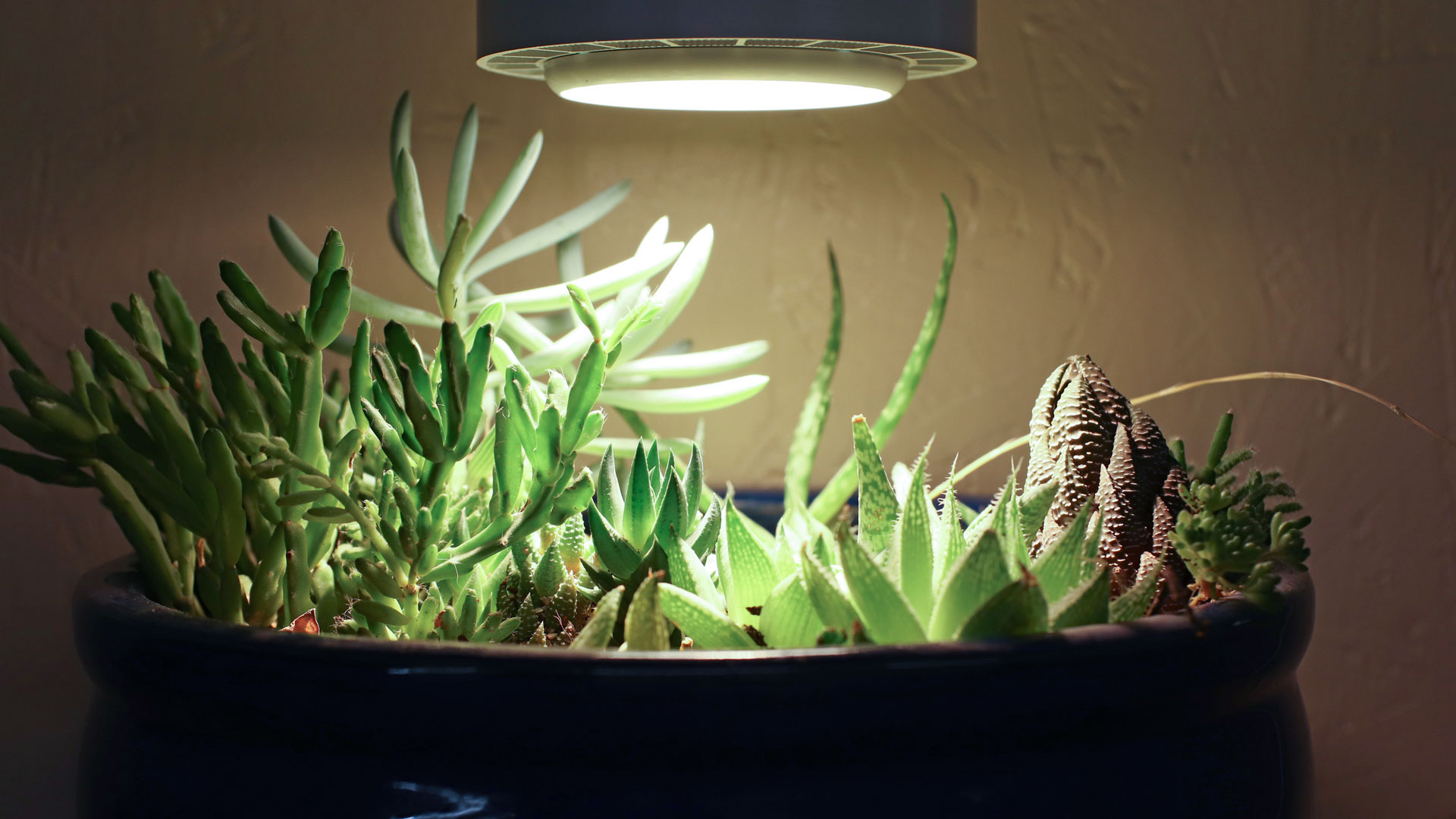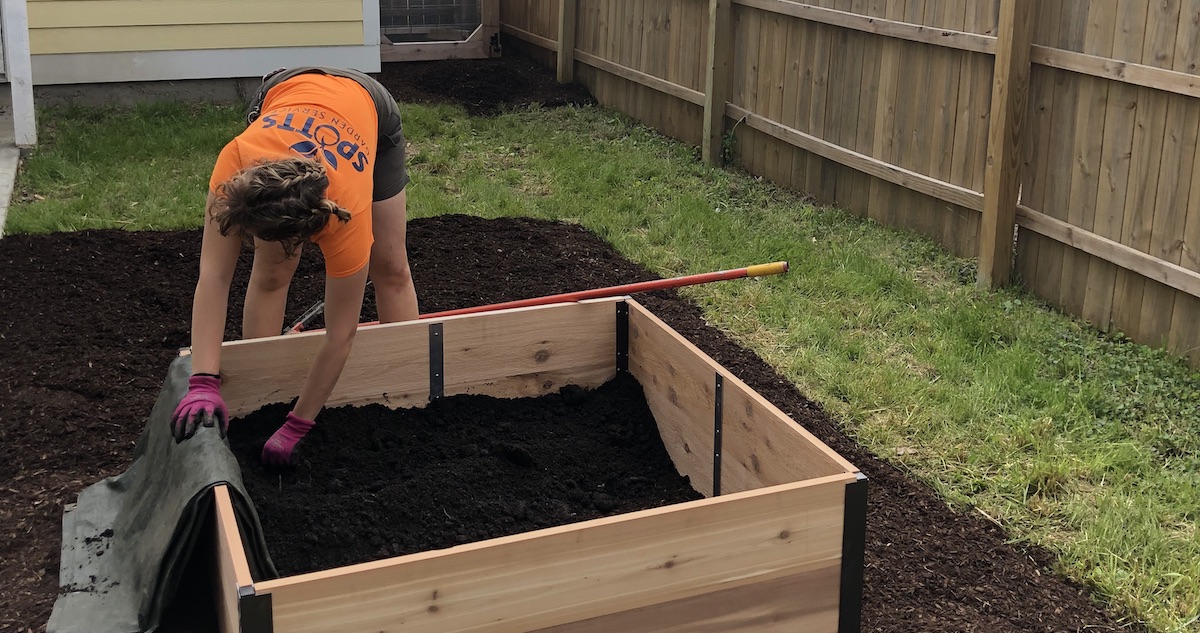Home>Gardening Techniques>Plant Care>How Much Sunlight Do Bonsai Trees Need
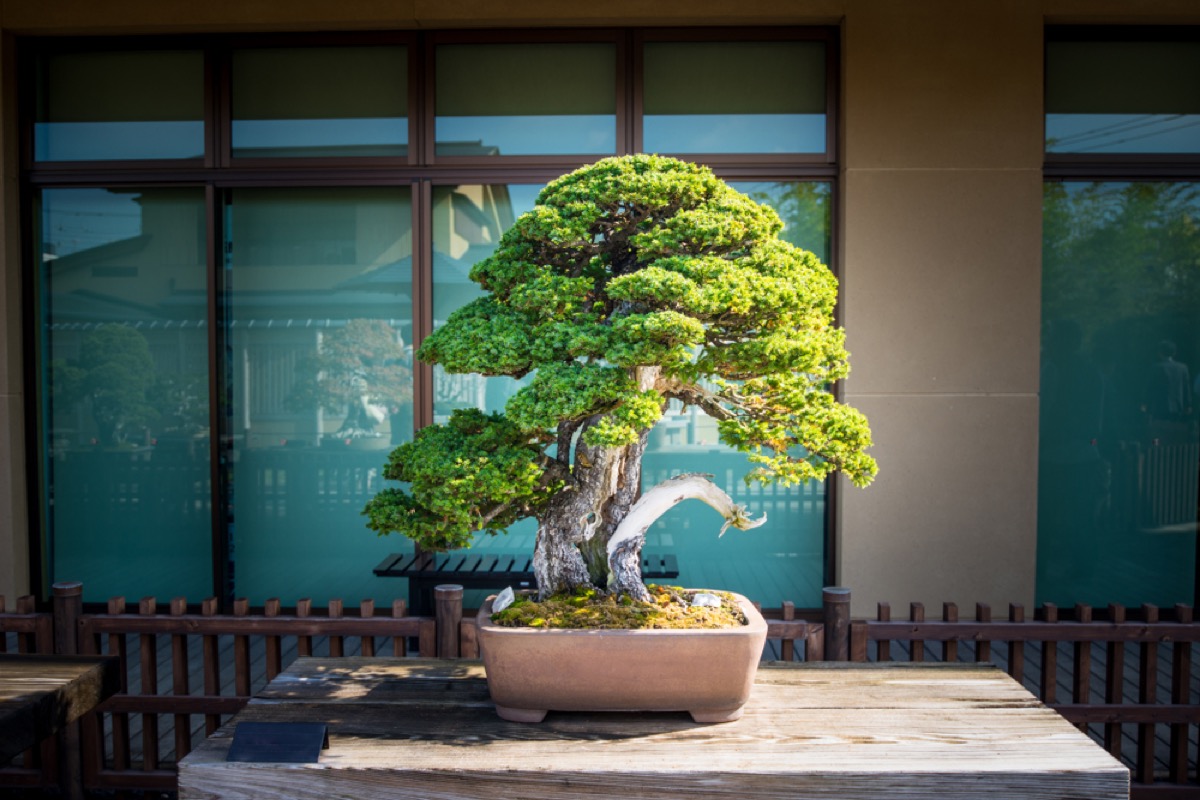

Plant Care
How Much Sunlight Do Bonsai Trees Need
Modified: January 22, 2024
Proper plant care is essential for bonsai trees. Learn how much sunlight bonsai trees need to thrive and create a beautiful display in your home or garden.
(Many of the links in this article redirect to a specific reviewed product. Your purchase of these products through affiliate links helps to generate commission for Chicagolandgardening.com, at no extra cost. Learn more)
Table of Contents
- Introduction
- Factors Affecting Sunlight Needs of Bonsai Trees
- Ideal Sunlight Exposure for Bonsai Trees
- Understanding the Different Light Requirements of Bonsai Species
- Signs of Insufficient Sunlight in Bonsai Trees
- Signs of Excessive Sunlight in Bonsai Trees
- Tips for Providing Adequate Sunlight to Bonsai Trees
- Conclusion
Introduction
Bonsai trees are known for their beauty and intricate craftsmanship. These miniature trees require specific care and attention, and one crucial aspect to consider is the amount of sunlight they receive. Sunlight plays a vital role in the growth and overall health of bonsai trees, as it provides the necessary energy for photosynthesis, the process by which plants convert light into food.
While it is true that bonsai trees originate from various regions around the world, the majority of them are outdoor plants that thrive in natural sunlight. However, the needs for sunlight can vary depending on the specific species and their natural habitats. Some bonsai trees require full sun exposure, while others prefer partial shade. Understanding the sunlight requirements of your bonsai tree is crucial to ensure its well-being and longevity.
In this article, we will delve into the factors that affect the sunlight needs of bonsai trees, discuss the ideal sunlight exposure, and provide tips on how to provide adequate sunlight for your bonsai tree. Whether you are a seasoned bonsai enthusiast or just starting with your first tree, this information will guide you in maintaining the optimal sunlight conditions for your bonsai’s growth and development.
Factors Affecting Sunlight Needs of Bonsai Trees
Several factors influence the sunlight requirements of bonsai trees. Understanding these factors will help you provide the appropriate amount of sunlight for your tree’s specific needs:
- Bonsai species: Different species of bonsai trees have varying sunlight requirements. Some species, like the Juniper or Pine, thrive in full sun and require at least six hours of direct sunlight daily. On the other hand, certain species, such as the Japanese Maple or Azalea, prefer partial shade and can be negatively affected by excessive sunlight.
- Climate: The climate of your geographical location plays a significant role in determining the sunlight needs of your bonsai tree. In areas with hot summers and intense sunlight, it may be necessary to provide shade or adjust the placement of the bonsai to protect it from scorching. In cooler climates, ensuring that the bonsai receives enough sunlight is essential for its growth and development.
- Seasonal changes: The sunlight requirements of bonsai trees can vary throughout the year. During the spring and summer months, when the days are longer and the sun is more intense, bonsai trees often require more sunlight for healthy growth. In contrast, during the fall and winter seasons, when sunlight is limited, it is important to adjust the bonsai’s exposure accordingly.
- Location: The placement of your bonsai tree can have a significant impact on its sunlight needs. When positioning your bonsai, consider factors such as nearby trees or buildings that may cast shadows, exposure to strong winds, or the availability of natural light sources. Optimally, place the bonsai in an area where it can receive the appropriate amount of sunlight without being exposed to extreme weather conditions.
- Health and age of the bonsai: The health and age of your bonsai tree can also influence its sunlight requirements. Younger bonsai trees may be more sensitive to intense sunlight and may require shading to prevent damage. Additionally, bonsai trees that are recovering from diseases or repotting may benefit from reduced sunlight exposure to aid in their healing process.
By considering these factors, you can determine the optimal amount of sunlight your bonsai tree needs and make appropriate adjustments for its well-being.
Ideal Sunlight Exposure for Bonsai Trees
The ideal sunlight exposure for bonsai trees varies depending on the species and their natural habitats. However, as a general rule, most bonsai trees thrive when exposed to direct or indirect sunlight for several hours a day. Here are some guidelines to help you provide the ideal sunlight exposure for your bonsai:
- Full sun: Some bonsai species, such as Junipers, Pines, and Ficus, prefer full sun exposure. These trees thrive when they receive at least six to eight hours of direct sunlight each day. Placing them in a sunny spot, such as a south-facing window or a spot in your garden that receives ample sunlight, will promote healthy growth and development.
- Partial shade: Other bonsai species, like Japanese Maples, Azaleas, and some deciduous trees, prefer partial shade. These trees benefit from a balance of sunlight and shade throughout the day. Placing them in an area that receives morning sunlight or dappled shade from nearby trees or structures can help prevent leaf scorching and promote optimal growth.
- Indoor bonsai: If you have indoor bonsai trees, it is important to provide them with bright, indirect light. Placing them near a bright window or using artificial grow lights can help mimic natural sunlight conditions and ensure their overall health and vitality.
It is important to remember that while sunlight is crucial for bonsai trees’ health and growth, overexposure to intense sunlight can be damaging. In regions with exceptionally hot summers, it may be necessary to provide shade or adjust the bonsai’s placement to protect it from scorching.
Regularly monitoring the condition of your bonsai tree is essential to ensure it is receiving the appropriate amount of sunlight. By observing the tree’s growth patterns and the condition of its leaves, you can make necessary adjustments to its sunlight exposure to maintain its overall well-being.
Understanding the Different Light Requirements of Bonsai Species
Each bonsai species has its own unique light requirements based on its natural habitat and growth characteristics. It is crucial to understand these specific needs to ensure the optimal health and development of your bonsai tree. Here’s a closer look at some common bonsai species and their light requirements:
- Juniper: Juniper bonsai trees are hardy and can tolerate full sun exposure. They require at least six hours of direct sunlight daily to thrive. Placing them in a sunny and well-ventilated area outdoors will promote healthy growth and vibrant foliage.
- Japanese Maple: Japanese Maple bonsai trees prefer partial shade, especially during hot summer months. They are sensitive to intense sunlight and may experience leaf scorching. Providing them with dappled sunlight or morning sun with afternoon shade is ideal for their growth and to maintain the beauty of their delicate foliage.
- Pine: Most Pine bonsai species thrive in full sun exposure. They require a minimum of six hours of direct sunlight each day to develop strong foliage and maintain their signature needle-like leaves. Placing them in a sunny location, such as a south-facing window or a spot in your garden without shade, will ensure their optimal growth.
- Ficus: Ficus bonsai trees are versatile and can adapt to various light conditions. They can tolerate both full sun and partial shade. While they prefer bright, indirect light, they can also thrive under the direct sun. Positioning them near a well-lit window or in a spot with filtered sunlight will support their growth and development.
- Azalea: Azalea bonsai trees prefer partial shade and are particularly sensitive to intense sunlight. They thrive in areas that receive morning sun and afternoon shade. Placing them in a location with dappled sunlight or providing them with shade during the hottest part of the day will prevent leaf burning and promote healthy blooming.
It is crucial to research and understand the specific light requirements of the bonsai species you have or plan to acquire. By providing the appropriate amount of sunlight, you can ensure your bonsai thrives and maintains its unique characteristics and beauty.
Signs of Insufficient Sunlight in Bonsai Trees
Insufficient sunlight can have detrimental effects on the health and growth of bonsai trees. It is important to recognize the signs of insufficient sunlight to address the issue and provide the necessary adjustments. Here are some common signs to look out for:
- Yellowing leaves: One of the most noticeable signs of insufficient sunlight is the yellowing of leaves. Bonsai trees that do not receive enough sunlight may have pale or yellowish foliage instead of the vibrant green color associated with healthy growth.
- Weak growth: Bonsai trees lacking adequate sunlight may exhibit weak growth, with thin and elongated branches or sparse foliage. The lack of sunlight restricts the tree’s ability to produce enough energy for proper development, resulting in stunted or weak growth patterns.
- Leaf drop: Bonsai trees deprived of sufficient sunlight may experience leaf drop or premature leaf fall. This is the tree’s way of conserving energy and adapting to low-light conditions. If you notice excessive leaf drop, it is a clear indication that your bonsai tree is not receiving enough sunlight.
- Reduced flowering: Some bonsai species produce beautiful blooms, but insufficient sunlight can hinder their flowering potential. Lack of sunlight weakens the tree’s ability to produce buds and flowers, resulting in limited or no blooming.
- Leggy growth: Bonsai trees that are not receiving enough sunlight may exhibit leggy growth, with elongated and weak branches. The tree becomes stretched in its search for light, resulting in an unbalanced and less aesthetically pleasing form.
If you notice any of these signs in your bonsai tree, it is crucial to make adjustments to provide it with more sunlight. Consider moving the tree to a sunnier location or providing additional artificial lighting for indoor bonsai. Giving your bonsai tree the proper sunlight it needs will help restore its health and promote vigorous growth.
Signs of Excessive Sunlight in Bonsai Trees
While sunlight is essential for the growth and health of bonsai trees, excessive exposure to intense sunlight can have harmful effects. It is important to recognize the signs of excessive sunlight in order to protect your bonsai tree. Here are some common signs to watch out for:
- Leaf scorching: One of the most noticeable signs of excessive sunlight is leaf scorching. Bonsai trees exposed to excessive sunlight may have brown or yellow patches on their leaves, which can eventually turn crispy and dry. This occurs when the intense rays of the sun cause damage to the leaves, leading to discoloration and eventual leaf loss.
- Wilting: Bonsai trees that receive excessive sunlight may experience wilting, even when properly watered. The intense heat and sunlight can cause rapid evaporative water loss from the leaves, leading to weakened and drooping foliage.
- Stunted growth: Ironically, excessive sunlight can also result in stunted growth in bonsai trees. The intense heat and radiation can hinder the tree’s ability to photosynthesize effectively, limiting its energy production and overall growth potential.
- Burnt bark: In extreme cases of excessive sunlight, the bark of the bonsai tree may become scorched or burnt. This can happen when the intense heat causes the outer layer of the bark to dry out and crack, leading to irreversible damage.
- Yellowing or bleaching of foliage: Just as insufficient sunlight can cause yellowing of leaves, excessive sunlight can also lead to a similar effect. The leaves may appear faded or bleached, losing their natural green color and vitality.
If you notice any of these signs in your bonsai tree, it is crucial to protect it from excessive sunlight. Consider moving the tree to a shadier location, providing filtered light, or utilizing shade cloth to diffuse the sunlight. By providing the right balance of sunlight and shade, you can ensure the health and well-being of your bonsai tree.
Tips for Providing Adequate Sunlight to Bonsai Trees
Providing the right amount of sunlight is essential for the growth and vitality of your bonsai trees. Here are some tips to help you ensure your bonsai receives adequate sunlight:
- Know your bonsai’s light requirements: Research the specific light requirements of your bonsai tree species. Understand whether it prefers full sun, partial shade, or filtered light, and plan its placement accordingly.
- Observe the sunlight patterns: Monitor the sunlight patterns in your garden or the location where you plan to keep your bonsai. Observe how the sunlight moves throughout the day and take note of areas that receive the desired amount of sunlight.
- Positioning in outdoor settings: For outdoor bonsai trees, find a location that provides the ideal balance of sunlight and shade. Avoid placing the bonsai under trees or structures that cast shadows and limit sunlight exposure.
- Placement in indoor settings: Indoor bonsai trees benefit from bright, indirect light. Place them near a bright window where they can receive several hours of sunlight each day. If natural light is limited, consider using artificial grow lights to supplement their light requirements.
- Rotate for even growth: To promote even growth and prevent one-sided development, rotate your bonsai tree regularly. This ensures that all sides of the tree receive an equal amount of sunlight, preventing any areas from becoming weak or stunted.
- Monitor and adjust: Observe your bonsai tree closely and monitor its response to the sunlight it is receiving. If you notice signs of insufficient or excessive sunlight, make adjustments as necessary. This may include moving the tree to a different location, providing shade during the hottest part of the day, or using shade cloth to filter the sunlight.
- Protect from extreme weather: During periods of extreme heat or cold, take steps to protect your bonsai tree. Shield it from scorching sun rays or freezing temperatures by providing shade or moving it indoors temporarily.
- Consider seasonal changes: Keep in mind that the sunlight requirements of bonsai trees can vary with the changing seasons. Adjust their placement or provide additional shading during the intense summer months and ensure they receive enough sunlight during the winter when natural light is limited.
By following these tips and maintaining a careful balance of sunlight and shade, you can provide your bonsai tree with the adequate sunlight it needs to thrive and achieve its full potential.
Conclusion
Sunlight is a vital element in the care of bonsai trees, playing a crucial role in their growth, health, and overall beauty. Understanding the specific sunlight requirements of your bonsai species is key to providing the optimal conditions for its well-being.
Factors such as bonsai species, climate, seasonal changes, location, and the health and age of the bonsai all contribute to determining the sunlight needs of the trees. By considering these factors and adjusting the exposure accordingly, you can help your bonsai thrive and flourish.
Recognizing the signs of insufficient or excessive sunlight is crucial in maintaining the health of your bonsai. Yellowing leaves, weak growth, leaf drop, reduced flowering, leggy growth, leaf scorching, wilting, and stunted growth are telltale signs that your bonsai tree may not be receiving the appropriate amount of sunlight.
To ensure adequate sunlight, it is important to research and understand the light requirements of your bonsai species. This knowledge will guide you in choosing the right placement, whether indoor or outdoor, and in making necessary adjustments to protect your bonsai from extreme sunlight conditions.
By following tips such as positioning the bonsai in areas that receive the ideal balance of sunlight and shade, monitoring and adjusting as needed, rotating the bonsai for even growth, and providing protection from extreme weather, you can create a favorable sunlight environment for your tree to thrive.
Remember, maintaining the optimal sunlight exposure is just one aspect of bonsai care. Regularly monitoring and attending to other essential factors, such as watering, pruning, and soil health, is equally important in ensuring the overall well-being and longevity of your bonsai tree.
With proper sunlight care and thoughtful attention, you can enjoy the beauty and serenity of your bonsai tree for years to come.

